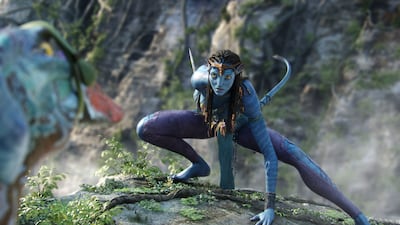














'Avatar' review: the film is still a marvel of special effects, but the tropes are lazy
As James Cameron's 2009 epic is re-released in cinemas, we give it another look for old times' sake

Maan Jalal
September 30, 2022
- Listen In English
- Listen In Arabic